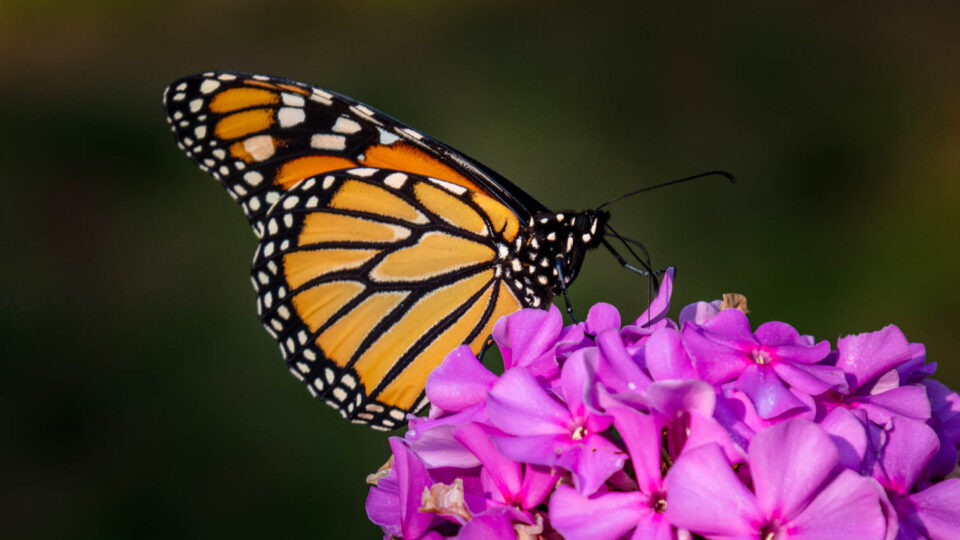Eastern monarch butterflies spend their winter months in central Mexico. Every spring, they embark on a lengthy, multigenerational migration that takes them into the United States and even into southern Canada, where they breed. The butterflies go through several generations before they eventually migrate back to Mexico.
Twenty-five years ago, overwintering monarchs in Mexico blanketed nearly 45 acres of forest. The acreage covered, which has been surveyed annually since 1993, is a rough indicator for the actual number of butterflies that survive the difficult migration process. In 2013, the monarchs occupied only 1.6 acres of Mexican forest. The butterflies were deemed to be on the edge of extinction.
Last December, the monarch survey found 7 acres covered by the butterflies, an increase of 35% over the previous winter. The population appears to be steadily rebounding, although the numbers are still substantially lower than the levels seen in the 1990s.
The butterflies are struggling with multiple problems. There continues to be a lack of milkweed, the only food source for the caterpillars, in their breeding grounds along their migratory route. More extreme weather driven by climate change is another challenge, and illegal logging in their overwintering habitat in Mexico has also become a threat.
After the butterfly population crashed in 2013, conservation efforts shifted into high gear with lots of milkweed planting in the US and Canada, and crackdowns on timber poachers in Mexico.
The remarkable multigenerational migration of monarchs is a delicate phenomenon that can be disrupted by many different things. Eastern monarchs are still in serious danger, but the current trend seems to be positive.
**********
Web Links
Photo, posted August 12, 2021, courtesy of Paul VanDerWerf via Flickr.
Earth Wise is a production of WAMC Northeast Public Radio.
